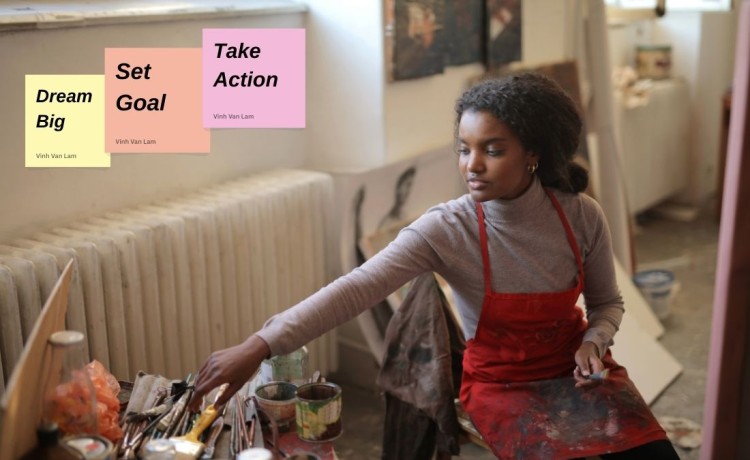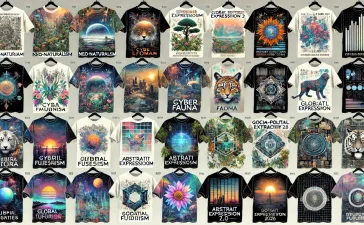Goal setting is an essential aspect of an artist’s journey towards growth, development, and success. Whether it’s mastering a new technique, completing a series of artworks, or achieving recognition in the art world, setting clear and achievable goals can provide direction and motivation. However, for artists, navigating the process of goal setting comes with its own set of challenges and considerations.
Importance of Goal Setting:
Setting goals helps artists clarify their aspirations and establish a roadmap for their artistic endeavors. It provides a sense of purpose and direction, guiding artists through the creative process and helping them stay focused amidst distractions and uncertainties. By defining specific objectives, artists can break down their long-term aspirations into manageable tasks, making them more attainable and actionable.
Key Considerations for Goal Setting:
- Clarity and Specificity: Goals should be clear, specific, and measurable. Rather than vague aspirations like “become a better artist,” artists should define concrete objectives such as “complete a series of 10 landscape paintings by the end of the year” or “participate in three juried art exhibitions within the next six months.”
- Realistic and Achievable: While it’s important to aim high, goals should also be realistic and attainable within a given timeframe. Setting overly ambitious goals can lead to frustration and burnout. Artists should assess their skills, resources, and constraints to ensure that their goals are within reach.
- Relevance and Alignment: Goals should align with artists’ values, interests, and long-term vision for their artistic practice. They should reflect what truly matters to the artist and contribute to their overall growth and fulfillment. Setting goals that resonate with their passion and purpose can enhance motivation and engagement.
- Flexibility and Adaptability: Artistic pursuits are inherently dynamic and unpredictable. Artists should be prepared to adjust their goals in response to changing circumstances, opportunities, and feedback. Flexibility allows artists to navigate setbacks and pivot when necessary without losing sight of their overarching objectives.
Challenges in Goal Setting:
Despite the benefits of goal setting, artists often face challenges that can hinder their progress and derail their efforts:
- Perfectionism: Artists may set unrealistically high standards for themselves, leading to self-doubt, procrastination, and paralysis. The pursuit of perfection can prevent artists from taking risks, experimenting with new ideas, and embracing the creative process.
- Time Management: Balancing artistic pursuits with other commitments and responsibilities can be challenging. Artists may struggle to allocate sufficient time and energy to their creative goals amidst competing demands, leading to frustration and overwhelm.
- Self-Doubt and Fear of Failure: The creative journey is filled with uncertainty and self-doubt. Artists may question their abilities, fear rejection, and hesitate to pursue ambitious goals. Overcoming these psychological barriers requires resilience, self-confidence, and a willingness to embrace vulnerability.
- Lack of Accountability: Without external accountability and support, artists may struggle to stay committed to their goals. The absence of deadlines, feedback, and accountability partners can lead to procrastination and stagnation.
Strategies for Staying on Track:
To overcome these challenges and stay focused on their goals, artists can implement the following strategies:
- Break goals into smaller tasks: Breaking down larger goals into smaller, manageable tasks makes them less daunting and more achievable.
- Create a timeline: Establishing deadlines and milestones helps artists track their progress and stay motivated.
- Seek feedback and support: Sharing goals with trusted peers, mentors, or coaches can provide valuable feedback, encouragement, and accountability.
- Practice self-care: Prioritizing self-care, including rest, relaxation, and creative play, helps artists maintain balance and prevent burnout.
- Celebrate milestones: Acknowledging and celebrating progress, no matter how small, reinforces motivation and momentum.
In conclusion, goal setting is a powerful tool for artists seeking to realize their artistic aspirations and achieve personal and professional growth. By setting clear, realistic, and meaningful goals, navigating challenges with resilience and adaptability, and cultivating a supportive environment, artists can stay on track and thrive in their creative endeavors.





